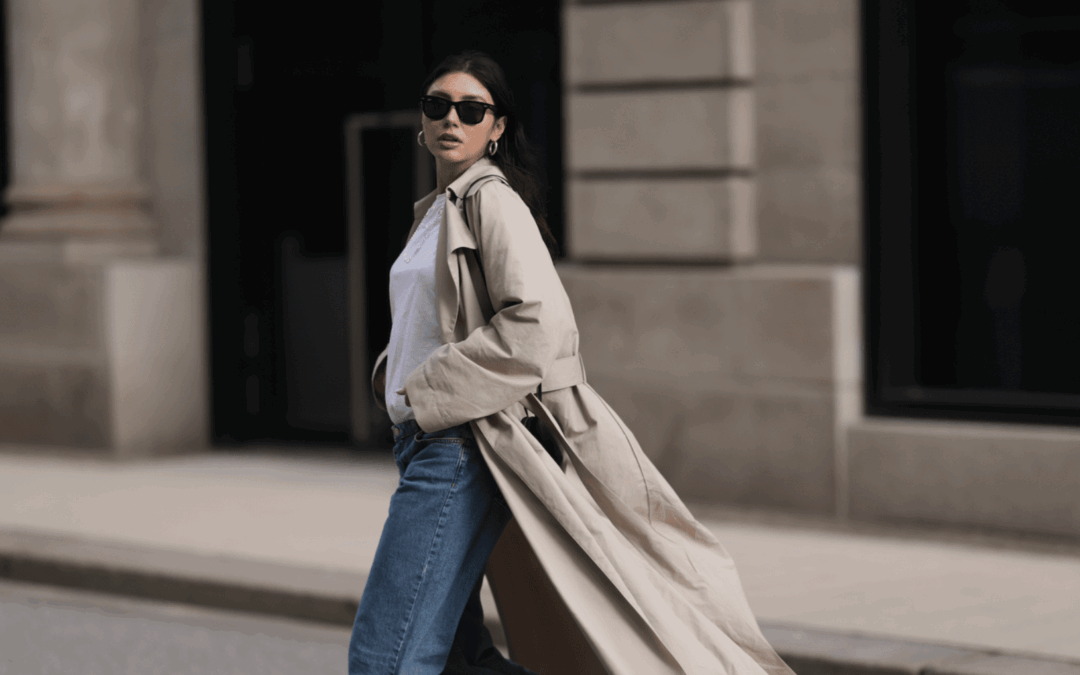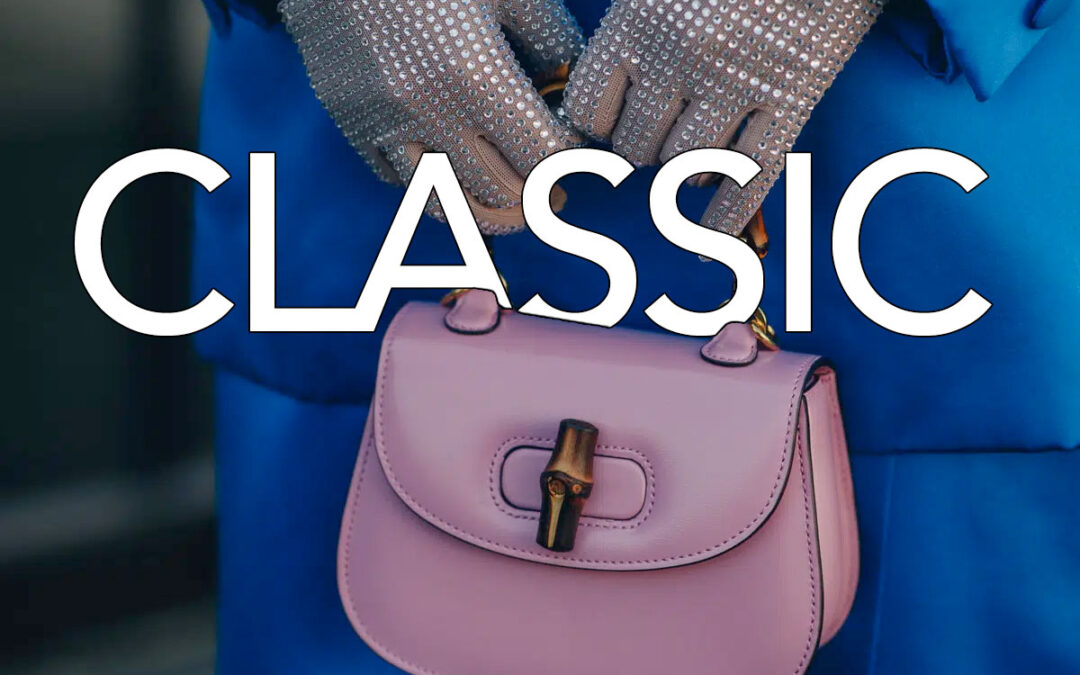
by Thea Elle | Jul 23, 2025 | Satire
Style Companion The Clean Girl of Luxury: Can Gucci Save the Planet in Patent Leather Pumps? It’s official: luxury has entered its Clean Girl era. You know the aesthetic—center-parted hair, minimalist makeup, and a “sustainably sourced” tote bag that looks virtuous...

by Thea Elle | Mar 21, 2025 | Luxury Industrial Complex
Style Companion Your It-Bag Will Be Irrelevant Before Your Credit Card Bill Is Paid Off—And That’s By Design by Thea Elle | Mar., 21, 2025 | Luxury Accessories It always begins with an accidental moment. A celebrity steps out with an unfamiliar bag, the paparazzi...

by CRIS&COCO | Feb 16, 2023 | Luxury Industrial Complex
You can be sure these timeless luxury icons will never go out of style. The luxury handbag world is vast, with both new handbag brands and new designs from storied luxury houses popping up season after season. Each year, there are countless silhouettes on the market,...




